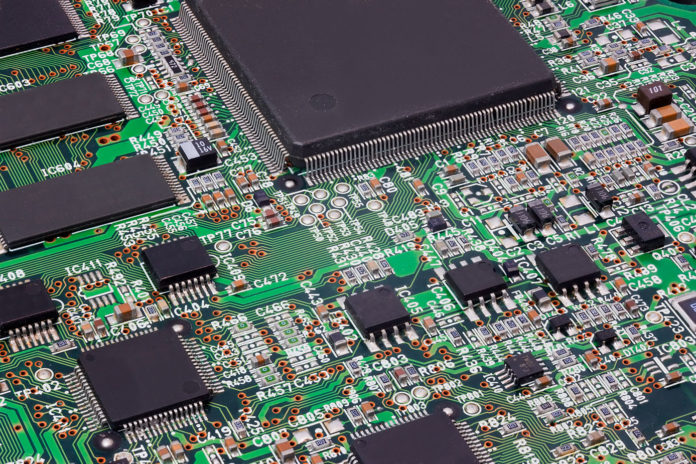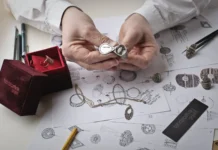
Printed circuit boards have become a very crucial part of all modern electronic equipment. Printed circuit boards are more commonly referred to as PCB. A basic PCB usually consists of a huge number of active and passive components. All the components are connected throughout the board with traces. It
Printed circuit boards offer us a lot of advantages which is why it’s the best choice for every manufacturer when it comes to the electronic component, vehicle electronic equipment, various computer parts, and even instruments. Here are some of the advantages of PCBs.
Table of Contents
Compact size and no need for wires
Printed circuit boards have become the standard for electric equipment because the interconnection of the components is made with copper tracks instead of wires which reduced the size of the board considerably. A lot of these components on the PCBs are very small in size. Without a printed circuit board, connecting the components together with wires is simply impossible. A standard PCB offers a simple platform where you can arrange the component in a very efficient and compressed way. This compactness is what allows the creation of bigger and more complicated electronic circuits for small form factors such as smartphones, tablets, and smartwatches.
Easy to repair or diagnostic

If a printed circuit board is damaged, it can be easy to spot which components failed and they can be easily replaced. It is a standard to have every electronic component and their polarities are clearly labeled on the PCB. This is what makes PCBs convenient for both the installation process and the repair process. The traced connections are also what makes things easier for diagnostics. If you want to know more about printed circuit boards and are interested in ordering custom ones, we recommend that you check out pcbonline.com.
Time-efficiency
The old method of a circuit board used to take too much time to connect all the components together. Whereas in PCBs assembling the whole circuit is much simpler and easier and ultimately taking considerably less time.
Components are fixed on PCBs

One of the bigger advantages of PCBs is that all the components on the PCB are fixed to the board. This means that printed circuit boards are much sturdier and safer to transport. Another important thing to note about PCB’s connections is that they are always fixed and the possibility of a short circuit because of a loose connection is impossible.
Low electronic noise
A PCB produces low to almost zero electronic noise (electronic noise can be released in either radiation, sound or heat.) The electrical components on a PCB are laid out in a way that the connections of the electrical current are as small as possible. This is why printed circuit boards have such low radiation and a low pickup of electromagnetic waves, which means that the crosstalk between the components is much lower. This used to be a big problem with older and simpler electronic circuits.
Low costs and reliability
Because of the PCBs small form factor, their cost is also pretty low while also bringing reliability and impressive performance.







